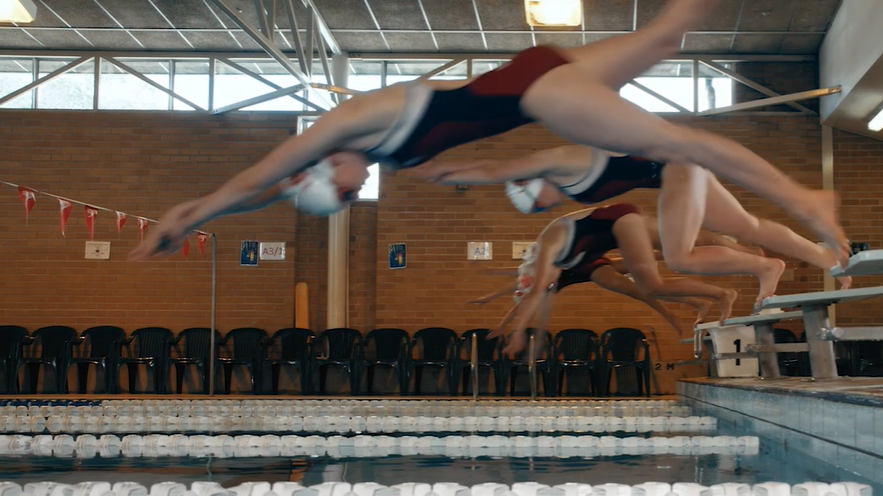
Have you ever tried to run through water? No matter how hard you try, your legs don’t move as fast as they do on land, you get pushed off balance and instinctively try to lift yourself as high out of the water as possible. This is due to resistance. Water is denser than air, and as such we require more energy to displace it. One of the key roles of body position is to reduce the amount of water our body has to displace, so we use less energy to swim. This reduction in drag allows a swimmer to conserve energy, which is an essential skill for every level of swimming development.
Water Familiarisation
When learning to swim one of the main concerns is being able to stay afloat. The ability to get into the position of a back float, allowing the swimmer to keep their face out of the water with minimal energy can be lifesaving. To achieve this swimmers need to understand their centre of buoyancy and how they move through the water, some activities to learn this are:
Stroke Development
Imagine you put ankle weights on a kid who was learning to walk. They are likely to struggle and develop poor habits. Poor body position creates drag, which in turn is like putting weights on somebody learning to swim. When introducing new elements to the stroke it is important that the body position is maintained so that swimmers are learning to execute the skill in the most efficient way possible, which is ultimately how it should be performed. At this stage, some ways to ensure this body position is maintained are:
Stroke Efficiency
As a swimmer progresses through and completes learn to swim body position is still crucial. If you have ever seen an Olympic swimmer do butterfly, you would know how effortless they make it look. This is due to their ability to maintain their body position at speed. Swimmers who can maintain their body position at speed create less drag in the water, this conserves energy which can then be used to increase their speed, power and endurance. You will also notice that all elite level swimmers commence their lap with a streamline, underwater as this position is the fastest. Exercises to develop body position at this level are similar to during the water familiarisation and stroke development stages.
As you can see, regardless of where a swimmer is at in their development, body position is essential. Swimmers are unable to progress to the next phase of skill development without their body position being effective. By focussing on body position a swimmer develops a strong foundation which allows them to remain safe in the water, swim efficiently and reduce injury.
From Tess Yu & the HC Coaching Team